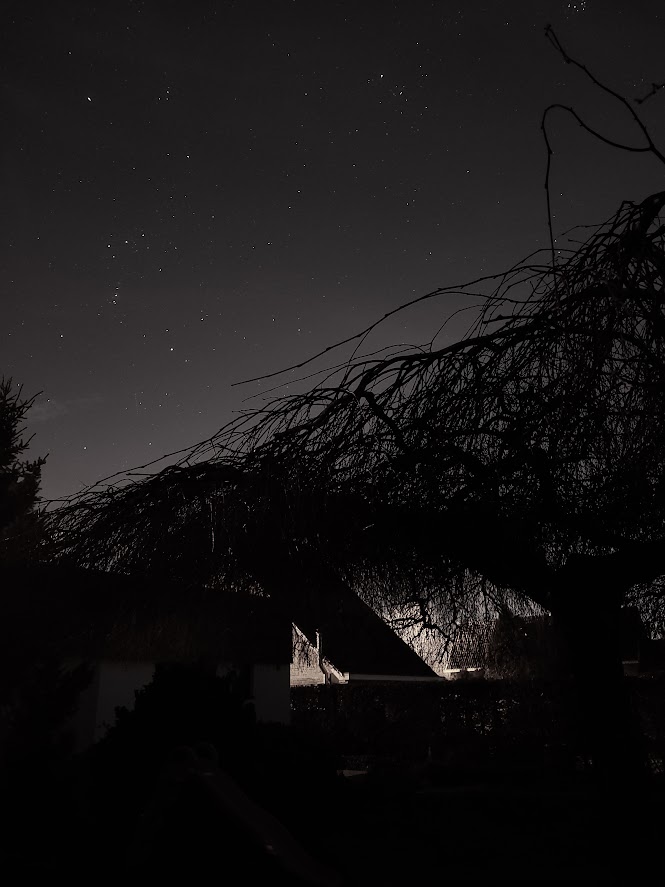The world of astronomy has always intrigued me ever since my father told me how you can spot the Great Bear (Ursa Mayor). The beautiful galaxies, nebula’s, planets, comets and such are truly amazing to look at and I’m always on the lookout for the newest set of photo’s released by NASA and ESA. Photography on the other side has also been one of my other interests. I still remember the days where I started exploring a Canon AT-1 camera to take picture of my Erasmus stay in Porto. The analog camera from the ’70’s required a set of skills to get the best of out of, but that’s what the process of capturing something so rewarding in the end.

Enter the 21st century. The world of photography has changed drastically ever since the ’70’s of past century. Cameras became digital, they could now also capture videos and they received a whole other bunch of new features that weren’t possible back then. Manufacturers switched over and started introducing compact and affordable cameras which made the people rapidly change over to this new form of photography. Over 15 years ago I got myself a second hand Sony DSC F828 digital camera which was manufactured in 2003.

This 8MP camera had a bunch of manual settings such as manual focus, manual shutter time, manual ISO adjustment and such that allowed me to do my first few tryouts in astrophotography.



Afterwards the introduction of smartphones rapidly took over from the digital cameras. In the beginning the image lacked a bit, but that became better over the years. And you now could take pictures with your phone which you always had with you anyway the trend was set to fade out the market of affordable compact cameras.
Enter 2022. Personally I don’t know of anyone who still buys a digital compact for taking vacation and family pictures. The digital cameras have been eating dust for years now, and I’ve also been much impressed with the quality of pictures on my latest smartphone: Samsung Galaxy S20 FE.

If there is one area that I always found lacking when taking pictures with your smartphone than it was astrophotography. However recently I got astonished after having a look on the internet at what some other are capable of capturing with their high-end phones. Some even got onto capturing the milky way! And so I became intrigued to give it a shot myself. Underneath you can find a few of my pictures:



I was also able to capture meteor, often referred to as shooting star. The meteoor is part of the Perseids meteor swarm which is particularly active this part of the year (mid august).

Below I’ve made color optimizations to the previous picture to make it more clear what to look for:

In the end I’m quite pleased with the outcome of this pocket sized camera feature that is brought by the Samsung Galaxy S20 FE smartphone. I’ve been trying to do those same shots on some of my previous smartphones but the image quality was basically too low to spot any stars in the black void. Compared to the 2003 tech Sony digital camera it seems we’re closing in on filling that gap. Maybe for the high-end smartphones that is already the case, who knows. The biggest drawback so far is the lack of zoom maybe, a telescoop mount would do much in my opinion. Also note that this picture is taken with Samsung’s default camera app. Google’s own camera app has some more advanced features for their Pixel phones especially targeted at astrophotography and you may find some pretty nice results from that on the web. With that I’m hoping you start to do your experiments of your own, feel free to share your results! Finally here is what can be achieved with a higher-end smartphone medio 2022:

2 thoughts on “Astrophotography… on a smartphone!”